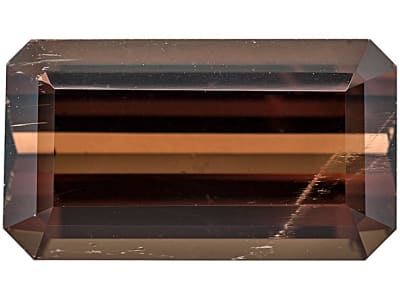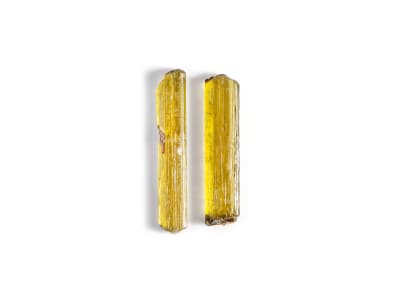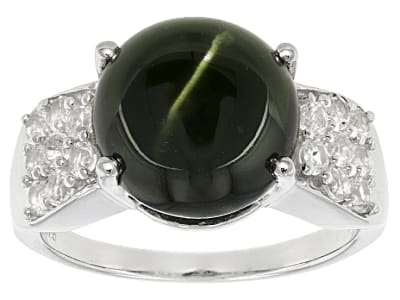Enstatite normal color range includes shades of green to brownish green, yellow green, yellow to brown, orange to reddish brown, and rarely colorless. This gem has been identified in meteorites, and is believed to be one of the early stages of crystalline silicate formation in space.
General Information
Tolerance:(+0.010/-0.010)
LWUV: inert
Enstatite Colors
-
 Brown
Brown -
 Brown
Brown -
 Brown
Brown -
 Colorless
Colorless -
 Gray
Gray -
 Green
Green -
 Green
Green -
 Green
Green -
 Red
Red -
 White
White
Enstatite Spectra
We acknowledge the significant scientific contributions of John S Harris, FGA to the study of gemstone spectra and with deep appreciation to him, acknowledges the use of his images and related notes about gemstones and their spectra in the educational materials on this website.
Alternate Names
Bronzite If It Has Fibrous Inclusions, Hypersthene
Countries of Origin
Tanzania, United Republic Of; Myanmar; Unknown; Norway; Sri Lanka; Brazil; Kenya; India








